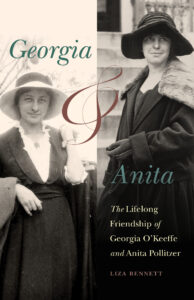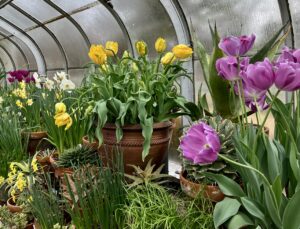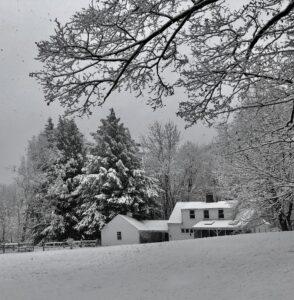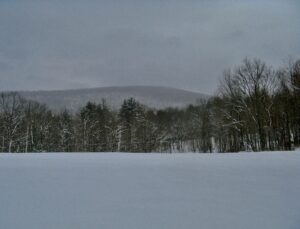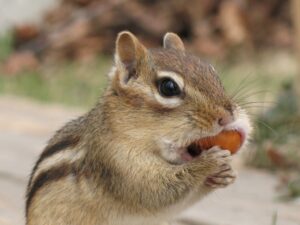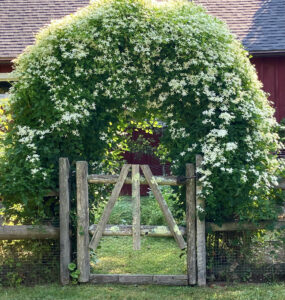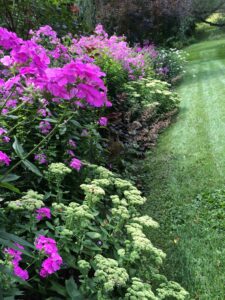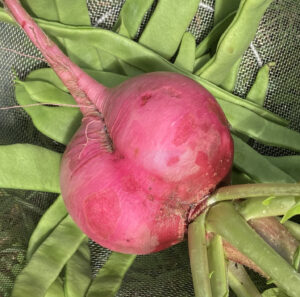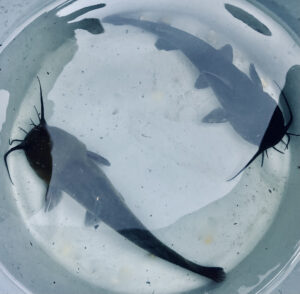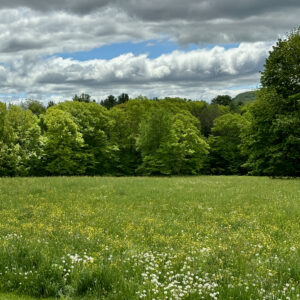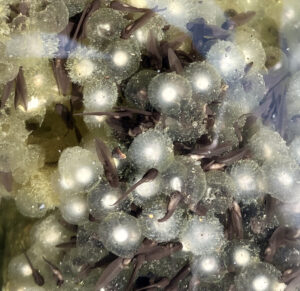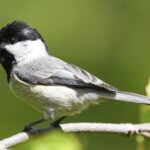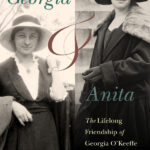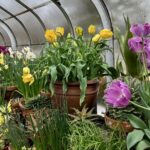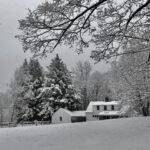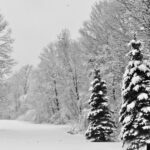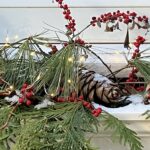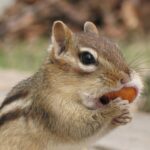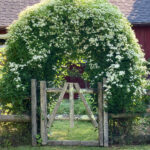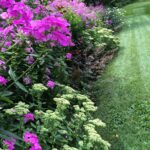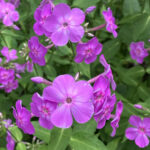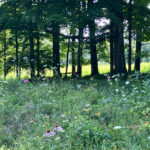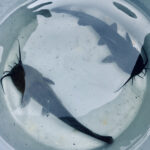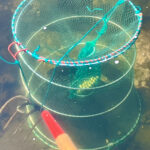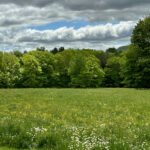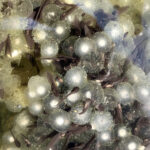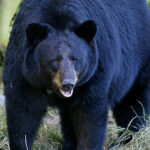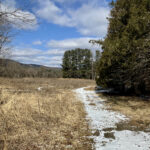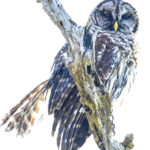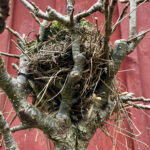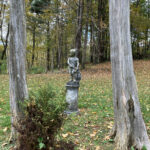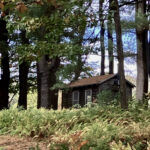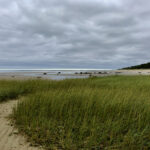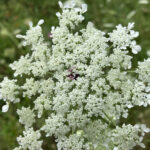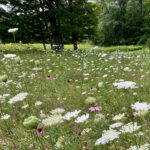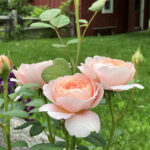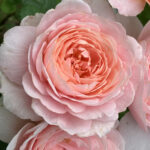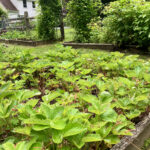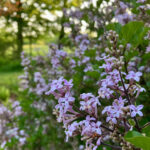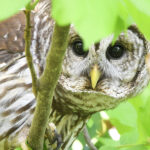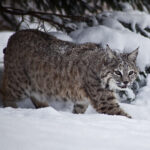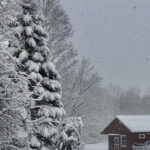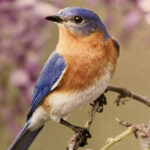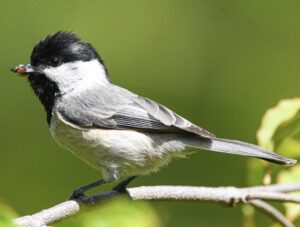
Photo: Anders Gyllenhaal, co-author with Beverly Gyllenhaal of A Wing and a Prayer: The Race to Save Our Vanishing Birds
In the middle of winter when the world was a silent blanket of snow, I heard someone whistling to me as I carried in firewood from the garage. I only had to glance at the empty birdfeeder to know who it was: a black-capped chickadee, reminding me it was time for a refill. These delightfully friendly, vocal little birds are our constant companions in the winter months. When the rest of the world lies frozen, they’re busily flitting back and forth to the feeder, or swinging through the air with acrobatic precision, or hanging upside down on the rose trellis as they crack open the sunflower seeds they favor. They move in flocks, often with other woodland birds, singing out hey, sweetie! hey, sweetie! to the world at large. They have many different calls, and their vocalizations can be remarkably sophisticated. They communicate danger with an escalating scale of alarm, starting with chick-a-dee and adding dees — chick-a-dee-dee-dee! — as the threat worsens.
We’re seeing less of them now as they begin to mate and build their nests and disappear into the canopies of green. But we’ll hear them all summer, their songs and calls blending into the larger, louder avian symphony that is music to our ears whenever we remember to stop and listen.
Chickadee
by Stanley Plumly
Margaret remembering in summer how they’d fly
into her hand, black-capped, black-masked,
bobbing one birdseed at a time—I remember
in cold Amherst how they’d fill the lonely feeder
just outside the kitchen window, especially
when the ice mixed in with snow would slap
the double glass, shake it a little, and start to sing.
One wearies of the sublime, the great deep thing,
the red-tailed kiting hawk sliding down the sky
to make the kill, the sky itself changing on its own,
depth of feeling depth of field. Margaret sitting still,
pieces of the sun falling in the shadows all around her,
while my bright chickadees are braced against the wind,
feathers fluffed, each of them so small I could wrap one
in my fist to keep it warm, alive, then suddenly gone.
All winter in the snow depths just outside you live
in separations made of glass—I’d never have
the patience to hold out my hand and wait out
a bird, regardless of how beautiful the weather.

